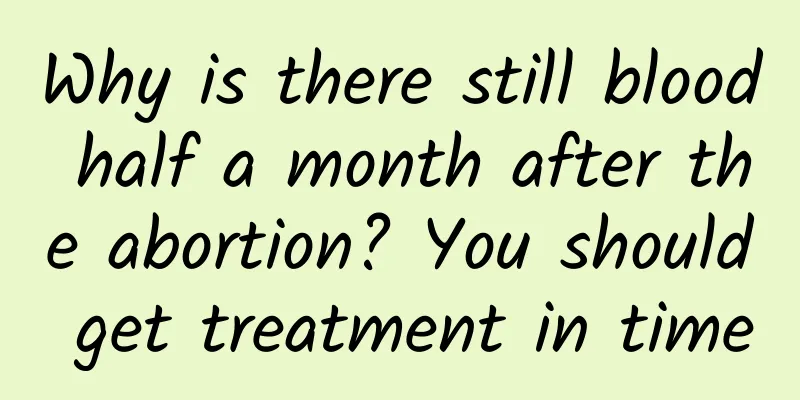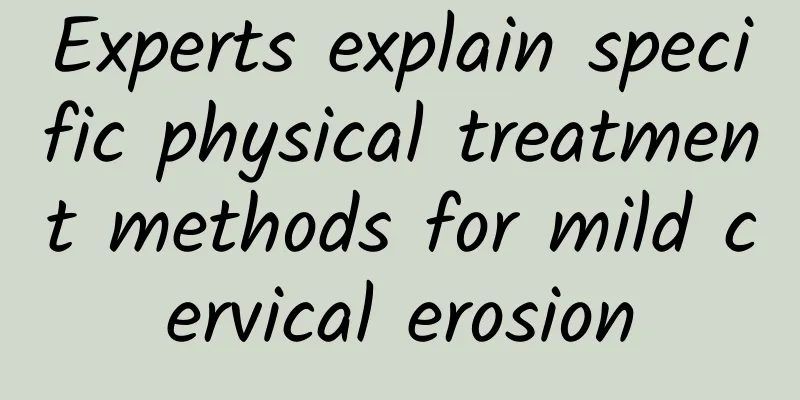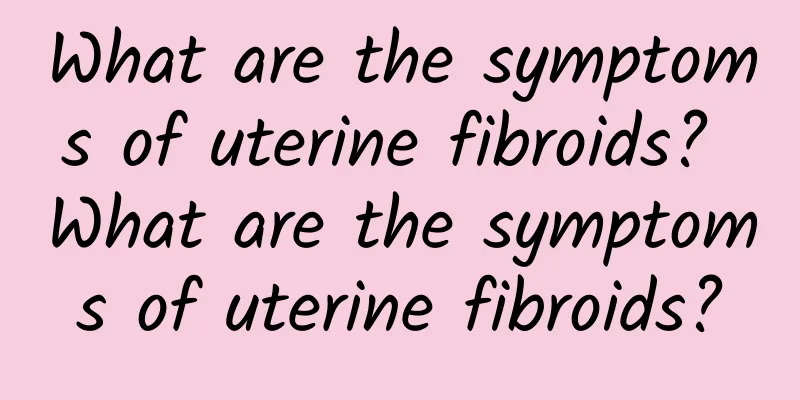How to treat pelvic peritonitis

|
With the continuous improvement of medical level, experts have made breakthrough progress in the research of treatment options for diseases such as pelvic peritonitis. Some methods have been applied to clinical experience with very good results. The specific methods should be judged based on the patient's condition. Today, the article I want to share with you is about how to treat pelvic peritonitis. 1. Non-surgical treatment ① Body position: When there is no shock, the patient should take a semi-recumbent position, move the lower limbs frequently, and change the pressure points to prevent venous thrombosis and bedsores. ②Fasting: Patients with gastrointestinal perforation must absolutely fast to reduce continued leakage of gastrointestinal contents. ③ Gastrointestinal decompression: It can reduce gastrointestinal distension and improve gastrointestinal wall blood circulation. It is an indispensable treatment for patients with pelvic peritonitis. ④ Intravenous infusion: Patients with pelvic peritonitis who are fasting must receive infusion to correct water electrolyte and acid-base imbalance. ⑤Supplement calories and nutrition: Acute pelvic peritonitis requires a large amount of calories and nutrition to supplement its needs. ⑥Application of antibiotics: A large amount of broad-spectrum antibiotics should be used in the early stage, and then adjusted according to the results of bacterial culture. Intravenous drip is the best route of administration. ⑦ Analgesia: For patients whose diagnosis has been clear and treatment methods have been decided, it is necessary to appropriately use sedatives and analgesics to relieve the patient's pain. 2. Surgical treatment ① Lesion treatment: Eliminating the cause of pelvic peritonitis is the main purpose of surgical treatment. ② Clean the abdominal cavity: After eliminating the cause of the disease, the pus in the abdominal cavity should be sucked out as much as possible, and the food and residue, feces, foreign objects, etc. in the abdominal cavity should be removed. ③Drainage: so that the remaining inflammation can be controlled, limited and disappear. In summary, after learning the above series of relevant knowledge about how to treat pelvic peritonitis, we have a more comprehensive and profound understanding of the treatment plan for this disease. In daily life, we should pay close attention to changes in our body, seek medical attention as soon as possible if we are sick, and never be careless and delay the treatment. |
<<: What are the folk remedies for treating pelvic peritonitis?
>>: Effective treatment for pelvic peritonitis
Recommend
The most common early symptoms of ectopic pregnancy
Among many gynecological diseases, ectopic pregna...
The Consumers' Foundation urges all sectors to sign contracts to prevent the consumption of Clenbuterol
The Legislative Yuan's extraordinary session ...
Four common causes of cervical hypertrophy
Cervical hypertrophy is a disease that seriously ...
Clinical manifestations of chronic and acute adnexitis
Nowadays, some female friends do not pay much att...
How to solve the problem of small amount of fluid accumulation in pelvic inflammatory disease
Since pelvic inflammatory disease is an inflammat...
What foods are good for uterine fibroids in a week? How big will uterine fibroids grow in a week?
Uterine fibroids are benign tumors that often occ...
What causes bacterial vaginosis
Many patients have recurring bacterial vaginosis ...
Can ectopic pregnancy be passed on to the next generation?
Will ectopic pregnancy be passed on to the next g...
The common manifestations of dysmenorrhea in daily life
Dysmenorrhea is very common in life. After suffer...
Experts introduce several common ovarian cyst surgeries
With the continuous advancement of science and te...
How to relieve dysmenorrhea
Dysmenorrhea is common in life, but in fact, dysm...
Can Chinese medicine really treat cervical erosion? Try three Chinese medicines to treat cervical erosion
In today's life, many gynecological diseases ...
To prevent ovarian cysts, you should pay attention to three major health care
The prevention of ovarian cysts must start with d...
What are the symptoms of congenital ovarian cysts?
The causes of ovarian cysts are mainly congenital...
Can metronidazole effervescent tablets treat cervical erosion? 11 things to note when using metronidazole effervescent tablets to treat cervical erosion
Cervical erosion is a gynecological disease with ...









